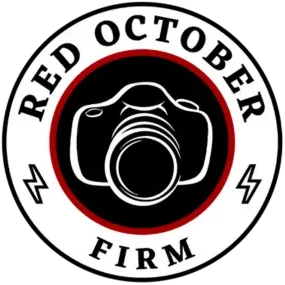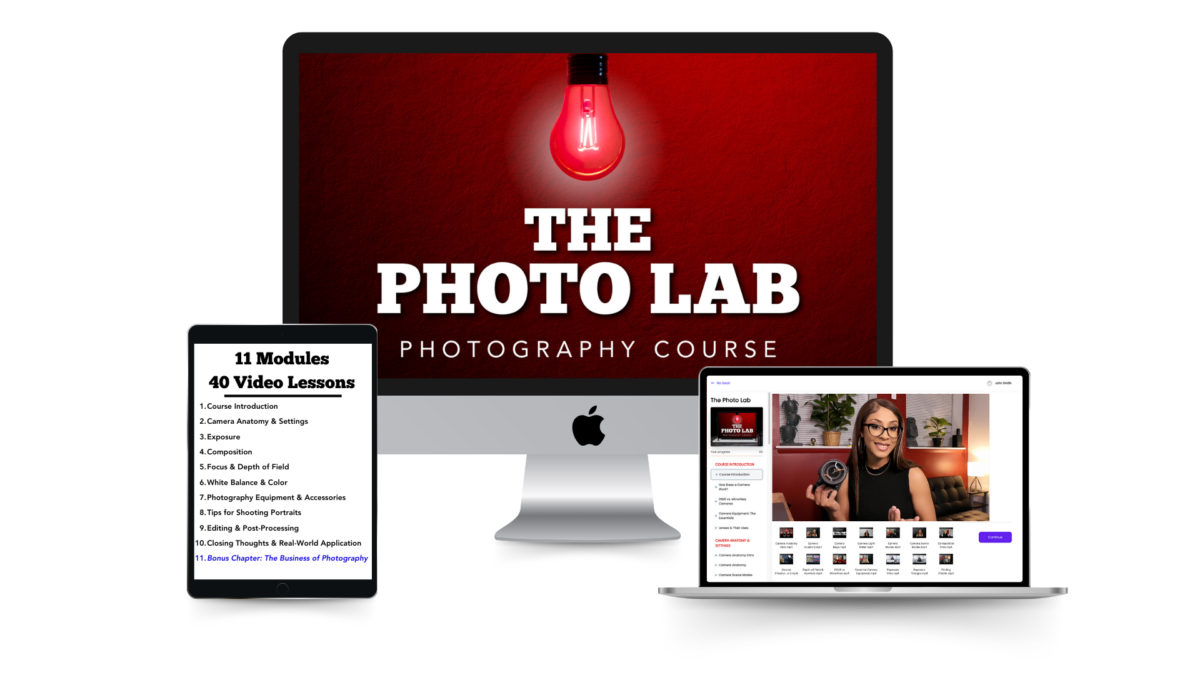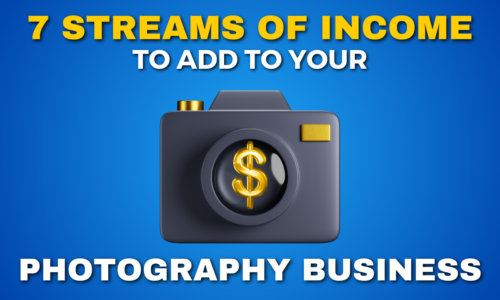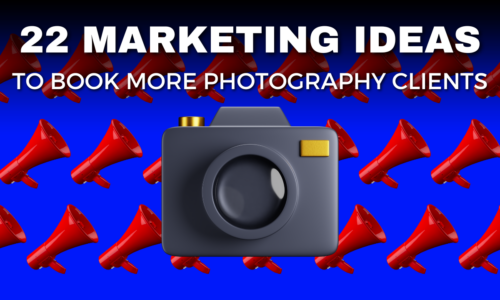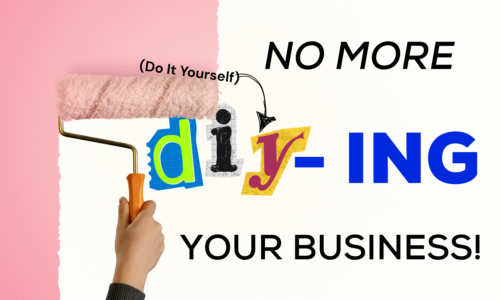What to CHARGE for Photography From BEGINNER to PRO
Pricing your photography services can be tricky.
You might feel lost when it comes to setting your rates. Don’t worry – you’re not the only one struggling with this!
Every photographer faces this challenge at some point.
Your prices will change as your career grows. Many factors come into play when deciding what to charge clients. Let’s look at five key things to think about: your skills, time, editing, the photos themselves, and your happiness.
These will help you figure out the right prices for your work.
Understanding Your Skills
You need to figure out where you stand as a photographer.
Are you a beginner, intermediate, or pro?
Take a moment to think about it. Be honest with yourself. Your skill level plays a big role in setting your prices.
Setting Your Rates
Once you know your skill level, it’s time to decide how you’ll charge. You can go with day rates or hourly rates.
Day rates are your “get out of bed” fee. Here’s a rough guide:
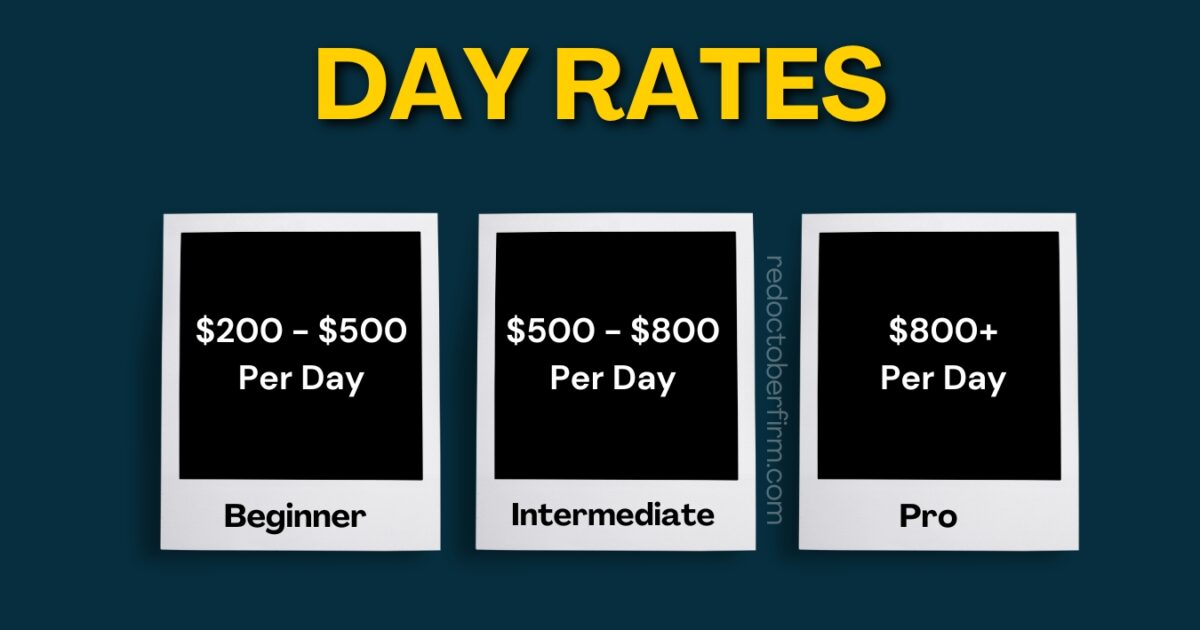
For hourly rates, try this:
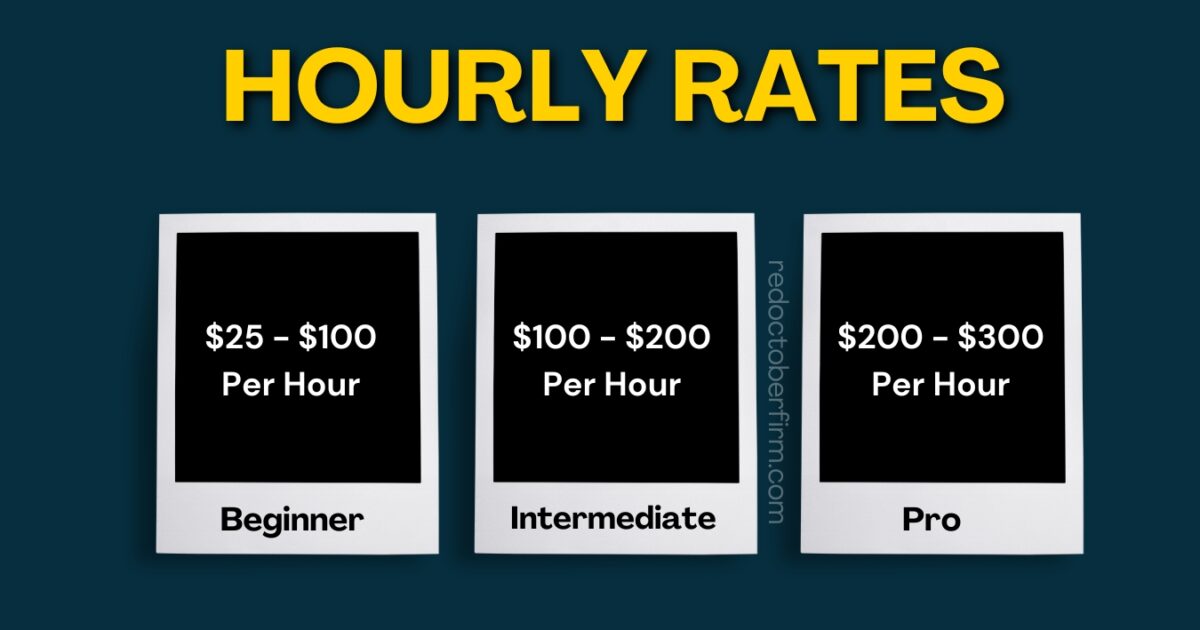
Don’t forget about editing time!
Time yourself next time you edit. If you hate editing, charge more.
Or you can hire someone else to do it and add that cost to your package.
For individual images, consider these price ranges:
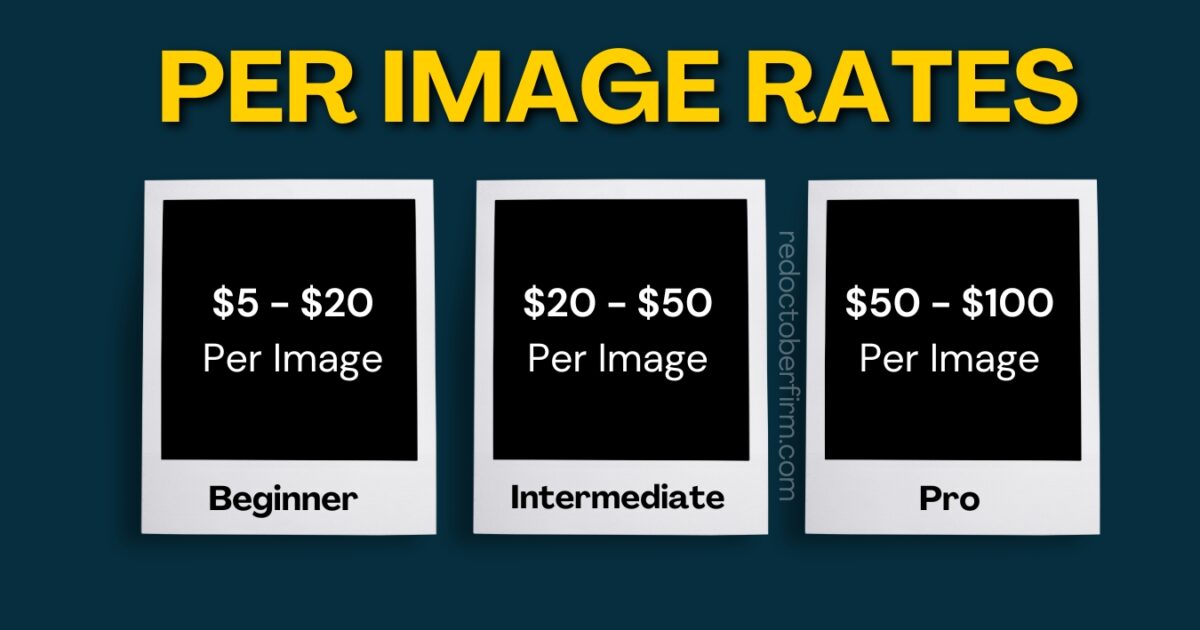
Think about what makes you happy too.
If you don’t like certain tasks, charge more for them or find ways to avoid them. This way, you’ll enjoy your work more and stay motivated.
Day Rates vs. Hourly Rates
Day rates are your “get out of bed” fee. It’s the minimum amount you’ll accept to do a shoot. As a beginner, you might start around $200-$500 per day. If you’re at an intermediate level, you could charge $500-$800. Professional photographers often set their day rates between $800 and $11,000.
Think about your skill level and where you fall on this scale. Remember, it’s okay to start low and raise your prices as you gain experience. Your day rate should cover your time spent shooting, but not editing or delivering final images.
Calculating Your Hourly Rate as a Photographer
Hourly rates are straightforward – it’s how much you charge per hour of shooting. Here’s a quick breakdown:
- Beginners: $25-$100 per hour
- Intermediate: $100-$200 per hour
- Professionals: $200-$300+ per hour
When setting your hourly rate, factor in your skills and experience. Don’t forget that this rate is just for your shooting time. You’ll need to account for editing and other tasks separately.
To figure out your ideal rate, time yourself during a typical shoot. How long does it take? How much do you want to earn for that time? This will help you set a fair hourly rate that works for both you and your clients.
Editing and Post-Production Considerations
When you edit images, try timing yourself to see how long it takes.
This helps you figure out how much to charge for post-production work. If editing takes a while or you don’t enjoy it, you might want to charge more.
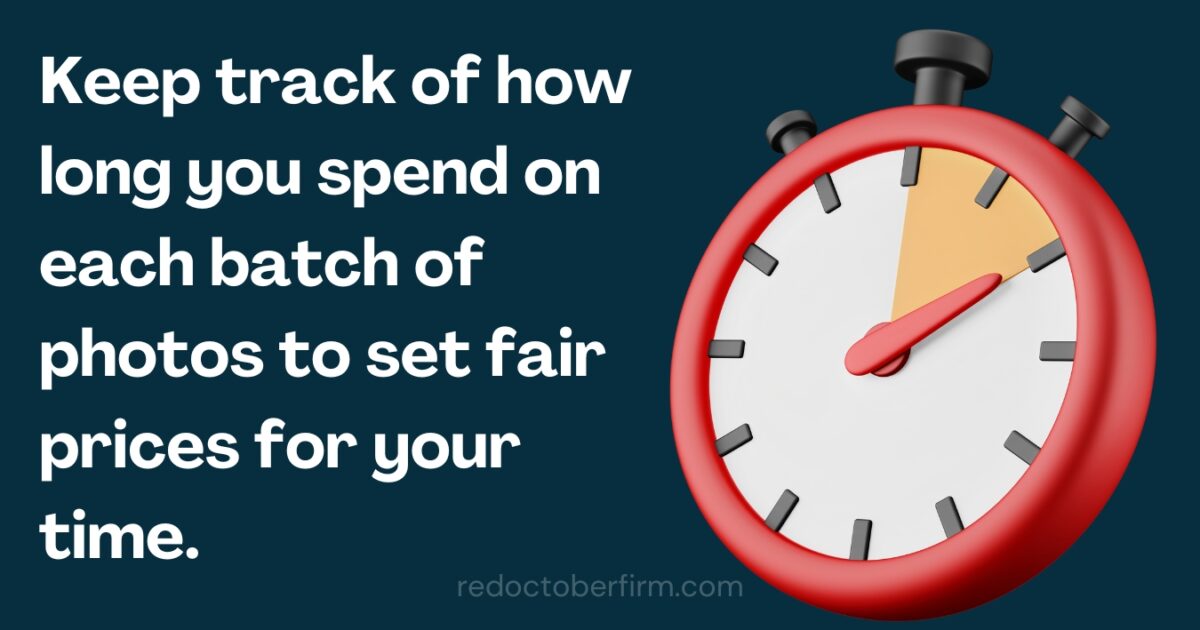
Pricing Based On Editing Preferences
Your likes and dislikes matter when setting prices.
If you’re not a fan of editing, bump up your rates for this part of the job. On the flip side, if you love tweaking photos, you might charge less.
Think about what makes you happy in your work and price accordingly. This way, you’ll feel good about the tasks you’re doing, even the less fun ones.
Accounting for Software Costs
Don’t forget about the tools you use.
If you pay for editing software subscriptions, factor that into your pricing. These costs add up over time, so make sure you’re not losing money on them. Add a bit extra to your package prices to cover these expenses.
This way, you’re not paying out of pocket for the tools you need to do your job well.
Outsourcing Photo Retouching
If you’d rather not edit at all, you can hire someone else to do it.
Look for a professional retoucher to handle your photos. When you do this, add their fee to your package price.
This lets you focus on taking pictures while still delivering fully edited photos to your clients.
Just make sure to find a reliable retoucher who matches your style.
Pricing Your Images
Setting the right price for your photography can be tricky.
Your skill level plays a big role in deciding what to charge. Think about where you are – beginner, intermediate, or pro.
Next, choose between day rates or hourly rates. Day rates are your “get out of bed” fee. Beginners often charge $200-$500 per day.
Intermediate photographers might ask for $500-$800, while pros can command $800-$11,000.
For hourly rates:
- Beginners: $25-$100
- Intermediate: $100-$200
- Pros: $200-$300+
Don’t forget about editing time! Time yourself to see how long it takes. If you don’t like editing, charge more for it. You can also hire someone else to edit and add that cost to your package.
When pricing individual images:
- Beginners: $5-$20 per image
- Intermediate: $20-$50 per image
- Pros: $50-$100+ per image
Remember to factor in your happiness too. If you don’t enjoy certain tasks, like editing, it’s smart to outsource them. This gives you more time to focus on what you love about photography.
Factoring in Your Happiness When Pricing Photo Services
Think about the parts of photography you don’t enjoy.
Do you dread sitting at your computer for hours editing photos? Your happiness matters, so it’s smart to charge more for tasks you don’t like.
This way, you can either make the work worth your time or afford to outsource it.
For example, if editing isn’t your thing, bump up your prices for post-production. You could use that extra money to hire a professional retoucher.
This frees up your time and keeps you focused on the parts of photography you love.
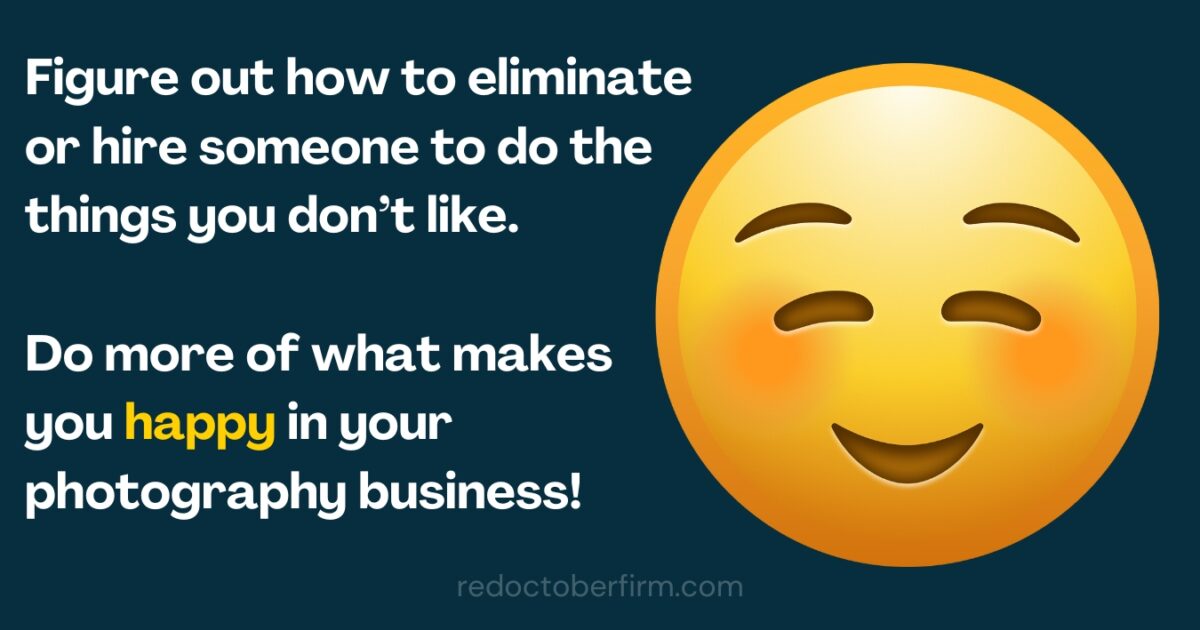
Strategies for Time Management
To manage your time better, try these tips:
- Track your editing time
- Use subscription-based editing software
- Outsource tasks you don’t enjoy
When you edit, time yourself. This helps you figure out how long post-production really takes.
If you use subscription editing software (like Adobe Lightroom and Photoshop), factor that cost into your prices.
Being hands-off can be a smart move. As a photographer and business owner, you want to spend less time on tasks that drain you.
Look for ways to get help with the parts of your job you don’t like. This gives you more time to focus on what you do best – taking amazing photos!
